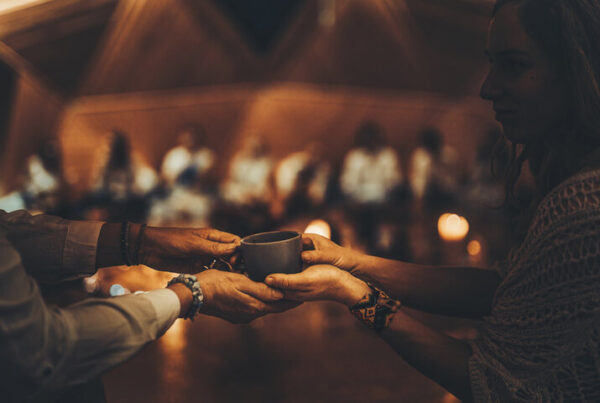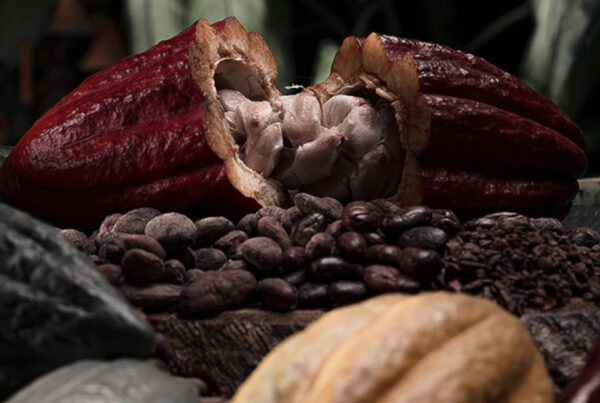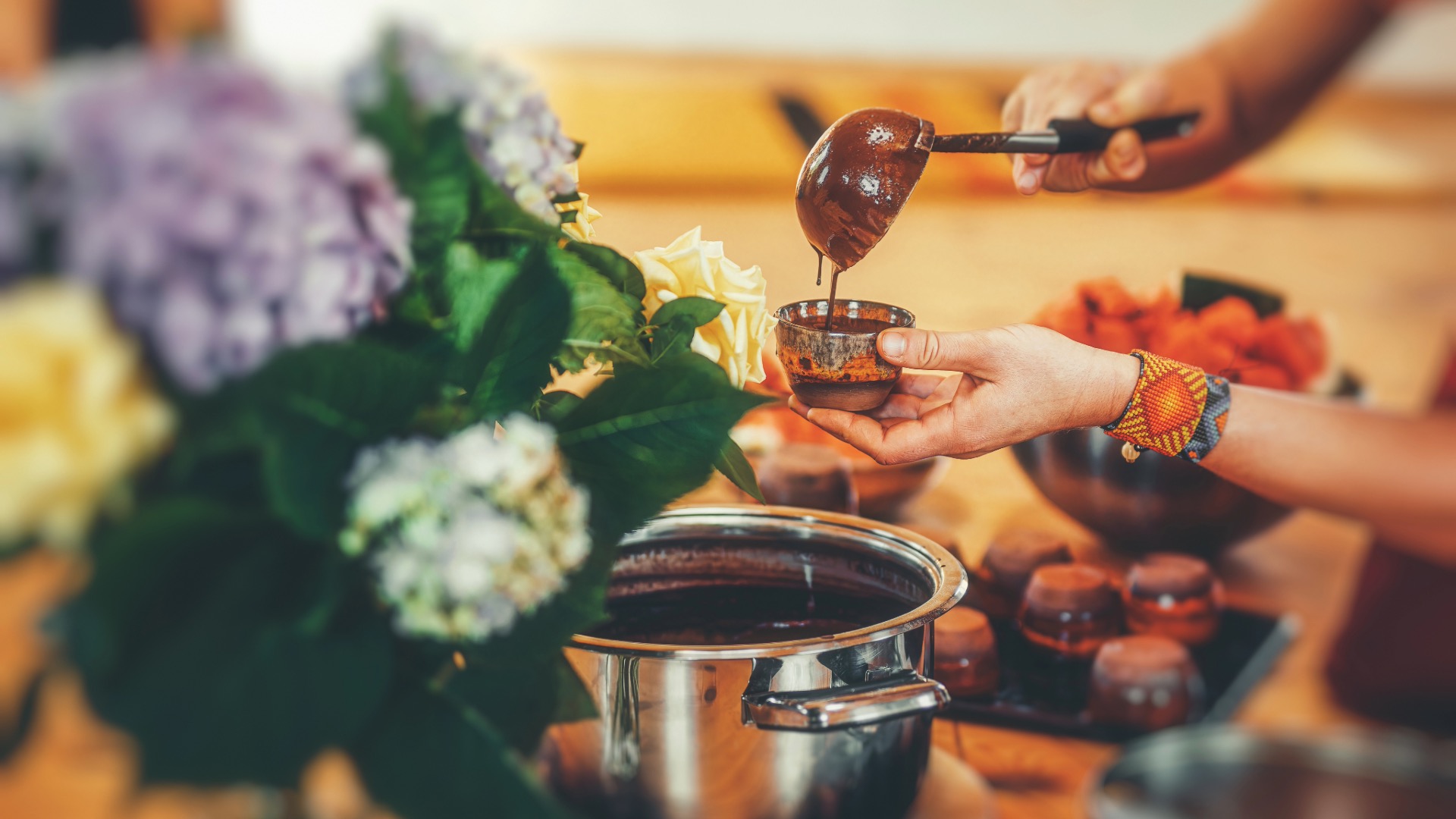From Seed to Sacred Sip—The Journey of Cacao
Imagine yourself standing in the lush embrace of a tropical rainforest. The air is thick with the scent of moist earth and blooming flowers. Birds sing melodies that weave through the canopy, and leaves rustle gently with the whispers of the wind. Amidst this abundance stands the cacao tree—Theobroma cacao—whose name translates to “food of the gods.”
This unassuming tree holds within its pods the seeds of transformation, both literal and spiritual. Our journey begins here, where the magic of cacao is nurtured by the elements and the hands of those who cultivate it.
The Birthplace of Cacao
Native to the rainforests of Central and South America, cacao has been cherished for over 3,000 years. The ancient Olmecs, Mayans, and Aztecs revered it as a divine gift, integrating it into their rituals, medicine, and daily life.
The cacao tree thrives under the protective shade of taller trees, reaching heights of up to eight meters. Its leaves start as vibrant red before maturing into deep green—a reflection of growth and transformation. Tiny, delicate flowers bloom directly from its trunk and branches, a phenomenon known as cauliflory. These flowers, pollinated by tiny midges, eventually give way to cacao pods.
The Art of Cultivation
Cacao farming is both a science and an art, steeped in tradition and sustained by the intimate relationship between farmers and their land.
- Shade-Grown Agriculture: Farmers cultivate cacao under the canopy of the rainforest, promoting biodiversity and allowing cacao trees to flourish alongside a myriad of other plants and animals.
- Intercropping: Planting cacao with other crops like bananas and cassava supports soil health and provides economic stability.
- Organic Methods: Many small-scale farmers embrace organic practices, avoiding synthetic fertilizers and pesticides to preserve the land’s integrity.
Varieties of Cacao
Understanding the different cacao varieties enriches our appreciation for its complexity.
- Criollo: Often called the “prince of cacaos,” Criollo is prized for its delicate, nuanced flavors but represents less than 5% of global production due to its susceptibility to disease.
- Forastero: The hardier variety offers a robust and straightforward flavor profile and constitutes the majority of cacao production.
- Trinitario: A natural hybrid of the two, combining the fine flavors of Criollo with the resilience of Forastero.
Harvesting: A Dance with Nature
The harvest is a time-honored ritual, a dance that follows nature’s rhythms. Recognizing when a cacao pod is ready involves observing its color—ripe pods may turn yellow, orange, or red depending on the variety—and feeling its texture.
- Careful Harvesting: Farmers use machetes or specialized tools to gently cut the pods from the trees, taking care not to damage the flower cushions that will produce future blossoms.
- Communal Activity: Harvesting often brings families and communities together, reinforcing social bonds.
Fermentation: The Alchemy Begins
Fermentation is the first transformative step in developing cacao’s flavor and medicinal properties.
- Process: Beans, still coated in pulp, are placed in wooden boxes or heaped into piles covered with banana leaves.
- Biochemical Transformation: Natural yeasts and bacteria initiate fermentation, breaking down the pulp and generating heat. This reduces bitterness and develops the precursors to the rich flavors we associate with chocolate.
- Elemental Alchemy:
- Earth: Wooden boxes and banana leaves provide structure.
- Water: The pulp’s moisture facilitates microbial activity.
- Fire: Heat generated symbolizes transformation.
- Air: Oxygen aids the growth of certain bacteria.
- Ether: The intangible energy and intention infuse the process.
Drying and Roasting: Refining the Essence
After fermentation, the beans are dried to prevent spoilage.
- Sun Drying: Beans are spread out to bask in natural sunlight, turned regularly to ensure even drying.
- Roasting: Further develops the beans’ flavor, unlocking aromas and creating characteristic taste profiles. Artisanal roasters rely on sensory cues to achieve the perfect roast.
From Nibs to Liquid Gold
- Winnowing: The roasted beans are cracked to remove shells, revealing cacao nibs.
- Grinding: Nibs are ground into a paste known as cacao liquor using traditional stone grinders.
- Molding: The cacao mass is molded into discs or blocks, often with intentionality and care, infusing it with prayers, blessings, or specific energies.
Ceremonial Cacao: Medicine of the Heart
Ceremonial-grade cacao is distinct from commercial chocolate.
- Minimal Processing: Retains natural compounds like theobromine and anandamide.
- Holistic Experience: Consuming ceremonial cacao engages the body, mind, and spirit, opening the heart and fostering connection.
By understanding cacao’s journey from seed to cup, we deepen our connection to this powerful plant medicine, enriching our practice and honoring its origins.



